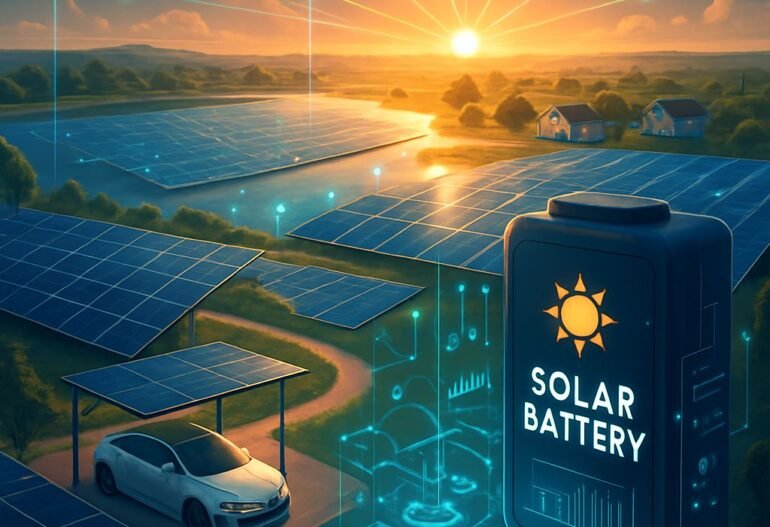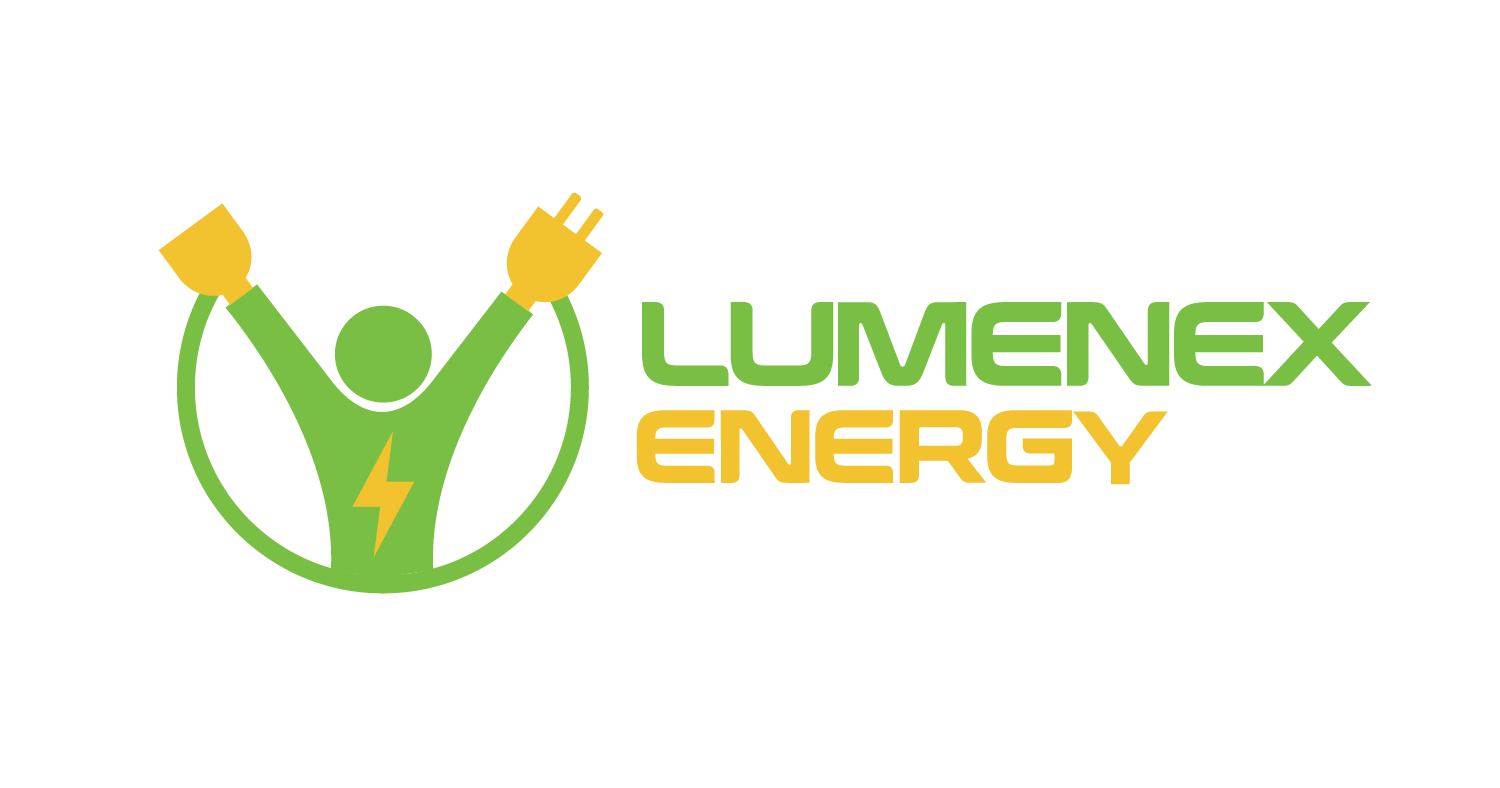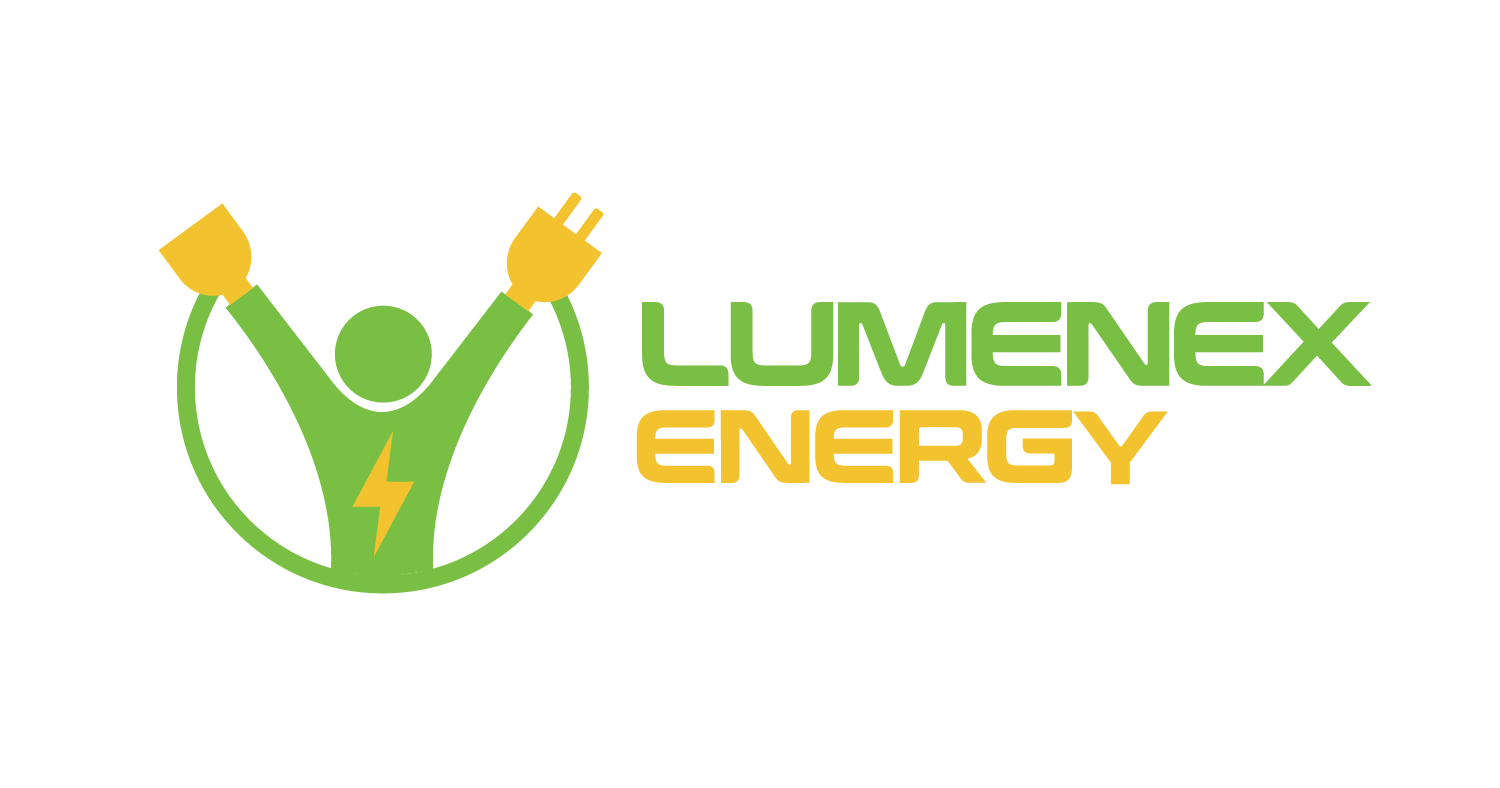The solar energy sector is fast changing due to the changes in technology, market dynamics, and the struggle of global-based climate change. To the year 2025, it is anticipated that there will be a number of trends that will dominate the future of solar energy. We will not only transform how we embrace energy from the sun but will also make the world more sustainable and energy-friendly.
- Next-Generation Solar Panels
The appearance of next-generation solar panels can be seen as one of the most thrilling trends in the solar energy industry. Advancements like the bifacial panels, tandem cells, and perovskite materials will transform the efficiency and durability of solar. An example is the use of bifacial panels, which receive sunlight on the front and on the rear side to give the best energy production. In the meantime, perovskite-derived cells are delivered with high efficiency and decreased cost as compared to conventional silicon panels. These are technologies that are presumably becoming more accessible to residential, commercial, and industrial users as they mature.
- Energy Storage Integration
There is a greater role to play when it comes to the integration of energy storage systems and solar installations. Batteries can allow the user to save extra solar power to use when there is no sunlight or when there is cloudy weather in order to increase the reliability of the renewable energy system. By 2025, battery technology (including solid-state batteries and enhanced lithium-ion designs) will probably result in cheaper and more efficient storage options. The trend may spur the advancement of the use of solar power in places where the absence of grid infrastructure is a problem.
- Artificial Intelligence and IoT in Solar Management
The use of artificial intelligence (AI) by the Internet of Things (IoT) is changing how solar structures are being monitored and managed. Computer algorithms based on artificial intelligence are capable of optimizing energy generation by studying trends in energy use and the weather throughout the energy production process within the system. These types of IoT-enabled sensors not only give real-time information on system health but also enable predictive maintenance, resulting in reduced downtime. These technologies will improve the efficiency and lower the cost of operations of solar installations and become so common in solar installations by the year 2025.
- Solar-Powered Electric Vehicles
The interdependency of solar energy and the use of electric vehicles (EVs) is finding place as the use of EVs is on the increase in the world. Instead, solar-powered EV charging points are being installed in order to decrease the use of fossil-based fuels and encourage clean mobility. More high-tech alternatives like the solar-integrated EVs will be available in 2025, with the panels built into the very framework. These cars would also be able to replenish themselves during the day, creating an even lesser impact on the environment.

- Community Solar Projects
The community solar projects are gaining popularity as a tool that can make renewable energy available to more people. Such programs enable persons and companies to purchase in communal solar facilities without the requirement of installing panels on their homes or workplaces. By 2025, the community solar programs should also develop tremendously, owing to favorable policies and increased interest in communal sustainability. These projects may be used to overcome such obstacles as initial costs and area restrictions toward the adoption of individual solar systems.
- Floating Solar Farms
Floatovoltaics, or solar farms that are built on the water, are the way to tackle the problem of limited land. These are constructed on water bodies like reservoirs, lakes, or even on oceans. Unlike the rest of the land-based systems, floating solar systems can save land as well as minimize the loss of water through evaporation and raise panel efficiency through the water cooling effect. In 2025, we may see more large-scale floating solar plants because nations are trying to explore innovative solutions to increase the share of renewable energy.
- Decentralized Solar Systems
Decentralized solar systems are increasingly becoming prominent, and they give people and communities the agency to produce electricity without being connected to the centralized grid. Renewable solar energy can be used to supply stable power in remote or vulnerable places. In the future, attention to affordability and scalability of the decentralized systems will lead to wider applications in the unserved areas, and energy equity will become a global concern in 2025.
- Policy and Financial Innovations
Subsidizing measures and creative funding models are strongly associated with the development of solar energy. Solar incentive programs by governments worldwide, including tax credits, feed-in tariffs, and net metering, can be used to make Solar more encouraging. Also, there are emerging forms of financing, such as green bonds and pay-as-you-go, that are increasingly improving the solar investments of homeowners and businesses. In 2025, however, new changes in the policies to hasten the switch to renewable energies are expected.
- Solar-Powered Desalination Systems
A severe worldwide problem is the lack of water, and the best way to supply fresh water is through the solar desalination process. These are solar-powered systems that are used to facilitate this desalination process, thereby minimizing the use of fossil fuels and the cost of operation. Alternatively, further implementation of such technologies, otherwise clean energy, may be brought to the regions where there are challenges to accessing enough water, as it is combined with water security efforts in 2025.
Conclusion
2025 will represent a critical point in the history of solar energy as some of the most innovative innovations transform the way that we can harness, store, and use sunlight as a clean form of energy. Ranging from next-generation panels and AI-powered management systems, community projects, and floating farms, those trends all show how palpable the potential of solar power is in tackling global issues as well as supporting economic development and environmental protection.
With the adoption going on with these innovations by businesses, governments, and even individuals, the future of solar energy has never been brighter, both literally and figuratively.




